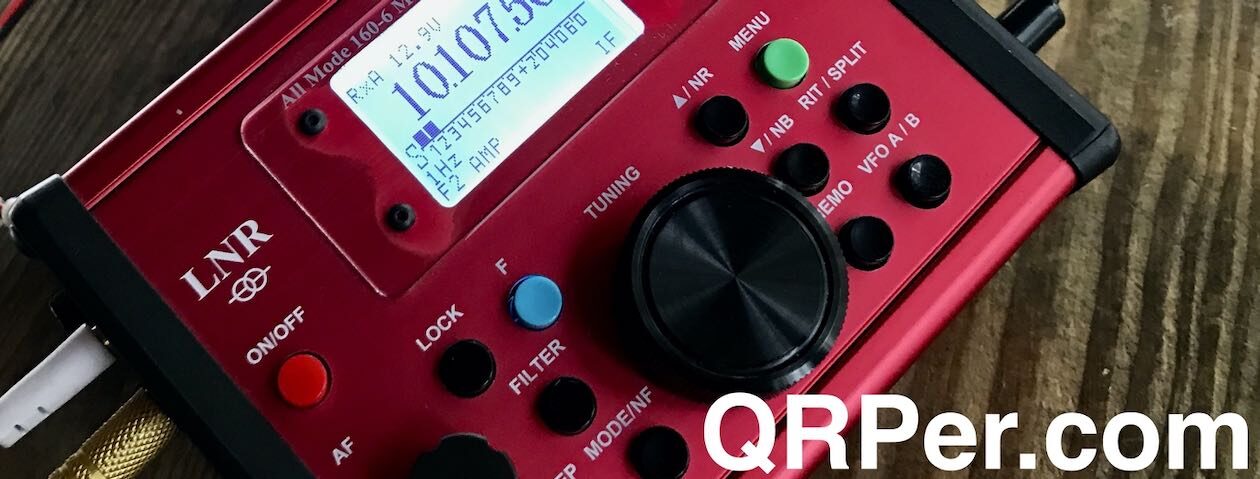 So far, my favorite thing about the Elecraft KH1 is this: it’s a constant radio companion.
So far, my favorite thing about the Elecraft KH1 is this: it’s a constant radio companion.
Since 2020, I’ve always had a small field radio kit in my vehicle.

When I’m traveling, or just find an opening in the day, I can deploy that field kit and do a little POTA or even SOTA. I know I have a full field radio kit ready to go.
As many of you know, I do a lot of traveling back forth from my QTH to my hometown each week to do caregiving for my mom and dad. Most of the POTA sites I activate are along that corridor between Asheville and Hickory, North Carolina. Having a radio kit in the car at all times makes impromptu activations effortless.
Until the KH1, though, I never had a field radio kit that could so easily live in the backpack/shoulder bag I carry with me everywhere…my EDC bag.
EDC (Everyday Carry)

Since 2000 or so–back in the days when I was living and traveling extensively in Europe–my EDC bag (sometimes a laptop bag, messenger bag, or backpack) has become a bit like a safety blanket.
I feel lost and unprepared without it.
When I have my EDC bag, I know I have my basics and essentials for working on the road, taking care of small repairs, administering first aid, and even coping with unexpected overnight trips. My EDC bag has the basics for taking care of all of these things and more.
And now, my EDC bag has a tiny QRP field radio kit.
Healing waves…
 I’ve been staying with my parents a lot lately–most of the week–doing caregiving for my sweet mother.
I’ve been staying with my parents a lot lately–most of the week–doing caregiving for my sweet mother.
This week in particular, I’ve been grabbing my KH1 and using it for a little backyard “radio therapy.”
You see, there has been no time in the schedule this past week for even short POTA activation forays, as much as I’d love that (more on this below).
Instead, I’ve been catching quick radio sessions in my parents’ back yard.
If I worked you this past week, this was my station:
On Sunday afternoon, January 7, 2024, I grabbed my KH1 from the backpack and took it on two short POTA hunting sessions.
In both cases, I walked to the very back of my parents’ yard to distance myself from most of the QRM that surrounds their house.
During the late afternoon session, I decided to grab my camera and make a video.
Video
Here’s a real-time, real-life (short) video of my late afternoon POTA hunting session. As with all of my videos, I haven’t edited this one. In addition, I have monetization turned off on YouTube, although that doesn’t stop them from inserting ads before and after my videos.
Note that Patreon supporters can watch and even download this video 100% ad-free through Vimeo on my Patreon page:
Click here to view on YouTube.
Being Present & Thank You
 We admitted my mother into Hospice care on Monday (the day after I made the video above) and we don’t expect her to be with us much longer.
We admitted my mother into Hospice care on Monday (the day after I made the video above) and we don’t expect her to be with us much longer.
Because of Hospice, she is at peace, pain-free, and surrounded by her family. Mom made it clear to all of us that she is ready for the next adventure.
All of my energy is going into being present with her, my wife and daughters, my father, and my sister during this time.
Our community here on QRPer.com has lined up some amazing field reports and articles that will allow me to take a break from writing and, frankly, give me something to read and enjoy as well.
Thank you all for your support and kindness during this time.
72,
Thomas (K4SWL)










 These “No-Transformer” random wire antennas are designed to be paired with a good ATU–either external or internal. This type of antenna couldn’t be more simple.
These “No-Transformer” random wire antennas are designed to be paired with a good ATU–either external or internal. This type of antenna couldn’t be more simple.
























































